Ford RS200
The early 1980s were probably the period of the greatest revolutions for rally racing. Until the late 70s, only high-revving naturally aspirated engines and rear-wheel drive were considered guarantees of success in order to drive on gravel, mud, dirt roads and a bit of asphalt for victories in rallying. Exceptions were events such as the Rallye Monte Carlo or the Swedish Rally, where even cars like the original Mini or early Saab with front-wheel drive could be successful in the icy conditions. But then came Audi. A rather marginal request to the rulemakers of the FIA as to whether four-wheel drive could also be permitted in the future was answered in the affirmative in the late 70s, since nobody assumed that Audi would develop its own car around AWD. Many thought the Bavarian brand would build a rally version of the DKW Munga, which wouldn’t be any danger to serious rally cars at all. In retrospect, we know things turned out different. The Audi quattro revolutionised the rally scene with its four-wheel drive and turbocharged engine, forcing all competitors to rethink. In addition, with the new Group B regulations, the FIA allowed significantly more freedom and at the same time reduced the number of homologation vehicles to 200, which had to be produced for registration in rallying and sold over the normal dealer network. In order to advance further developments, so-called evolution models, the manufacturers were even only obliged to build another 20 vehicles.
In this way, the FIA indirectly opened Pandora’s box a crack wide. Until the mid-80s the rally cars of the Group B category got bigger and bigger wings, while the turbo- and supercharged engines exceeded the 600 hp mark in some places. Some manufacturers relied on pure turbocharging with steam wheels, via which the boost pressure could be changed from the interior. Others supplemented additional superchargers in order to generate as much power as possible even at low revs. Ultimately, however, the combination of powerful winged monster cars and narrow rally tracks and ever-increasing crowds of fans at the roadside got out of hand and led to some serious accidents in which participants and spectators were killed. The FIA therefore pulled the plug at the end of the 1986 season and banned Group B cars from all rally championships organised in accordance with FIA regulations. Likewise, the use of the successor category Group S, which was already under development, was cancelled without replacement. Instead, the smaller Group A was elevated to the status of the now largest possible class in rallying with cars close to series production. Many fans could understand the difficult step, but mourn the days of the flame-spitting Group B cars until today.




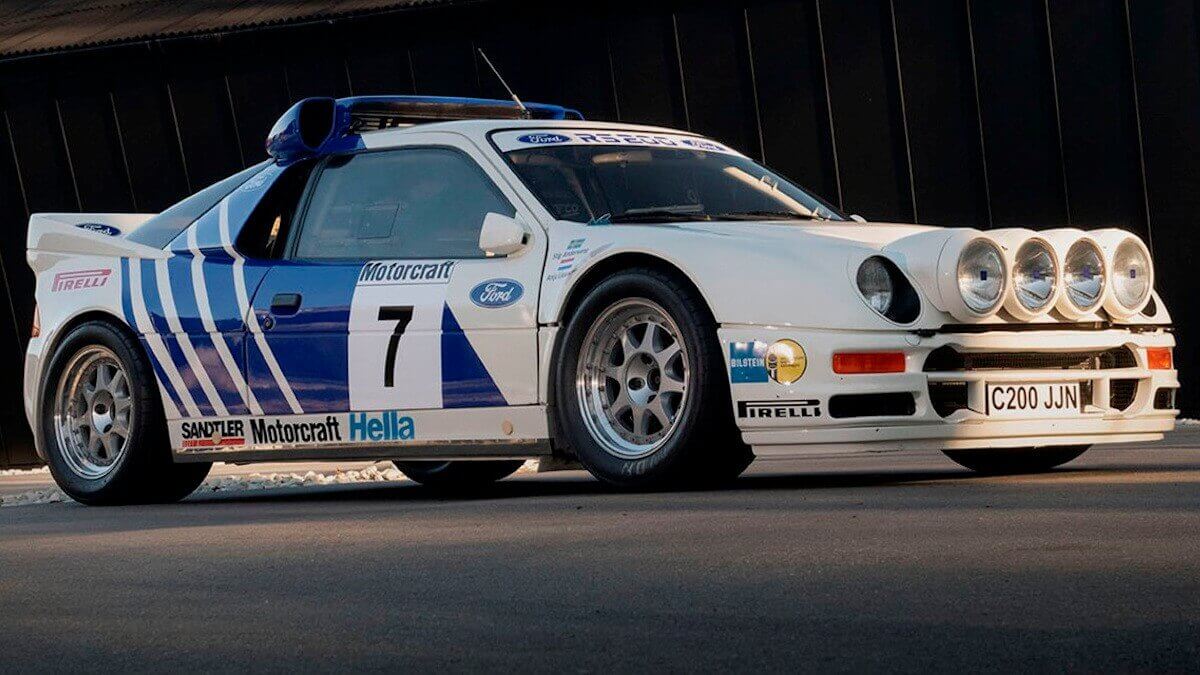



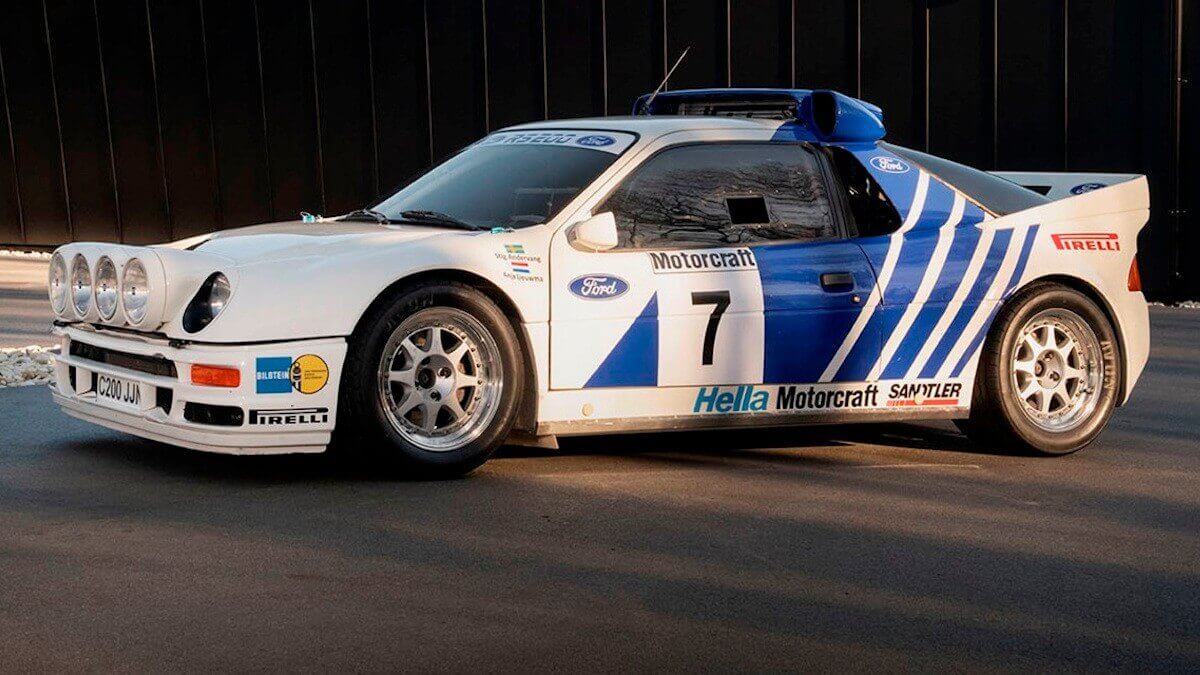















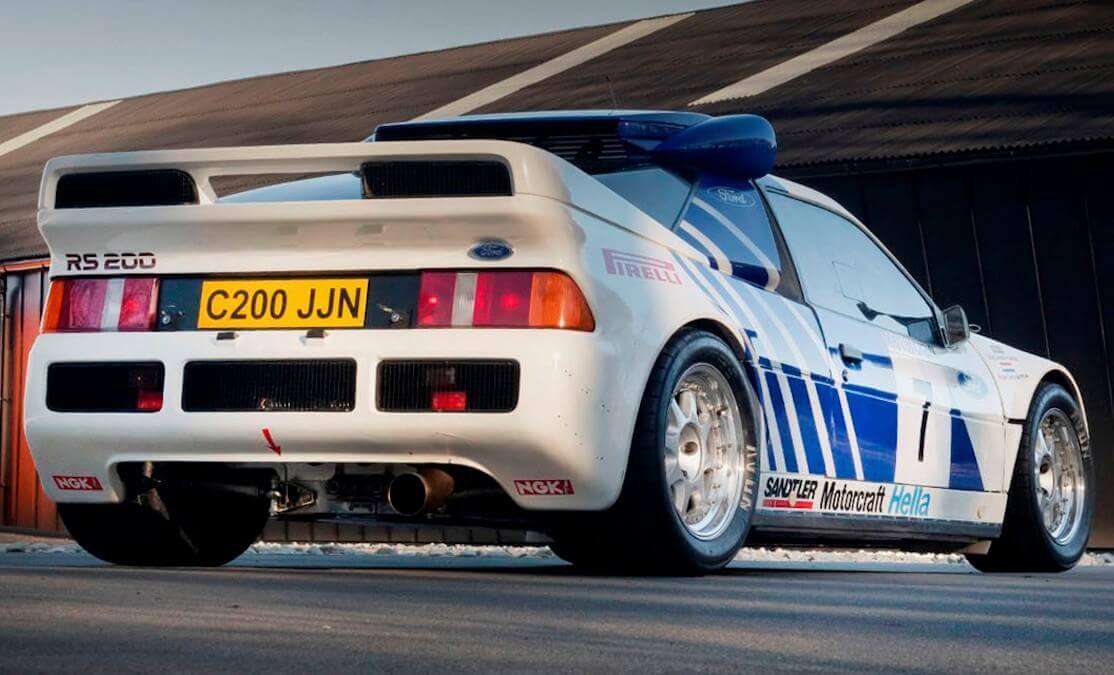



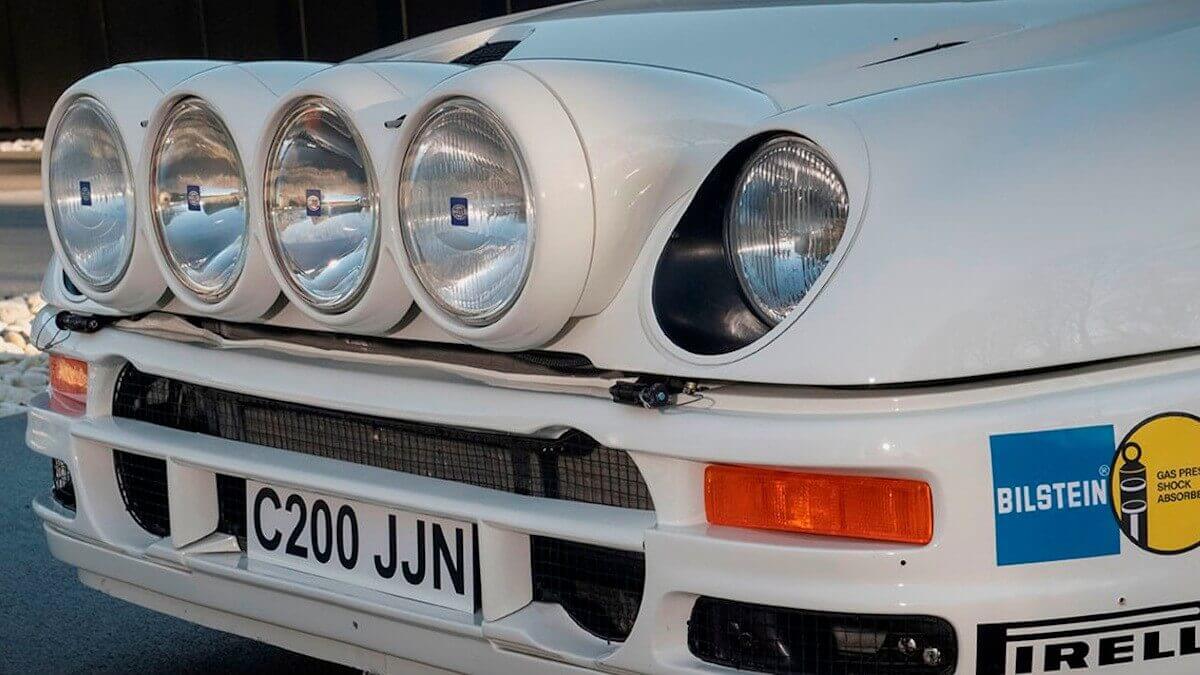







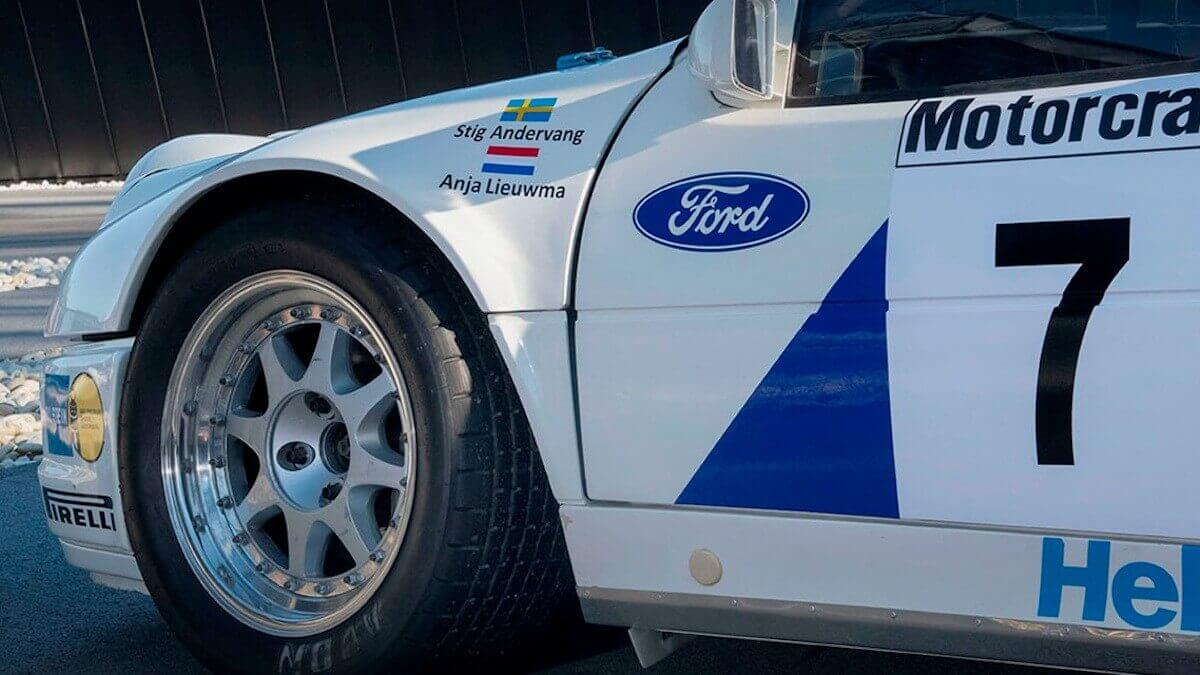



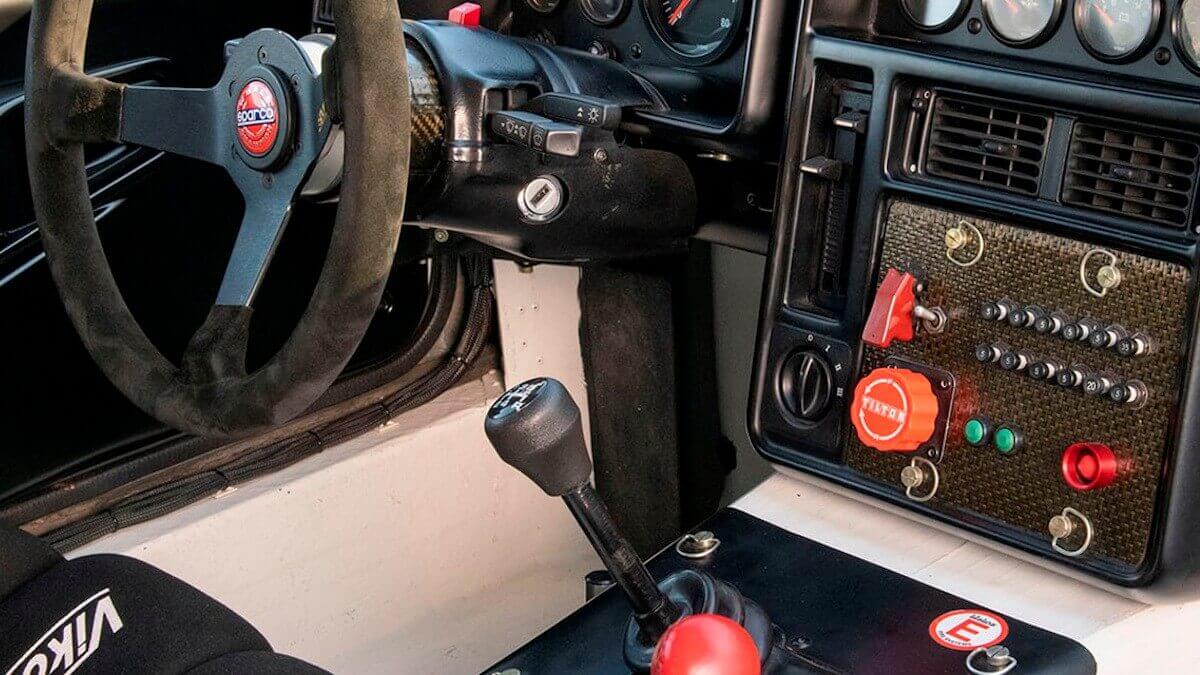



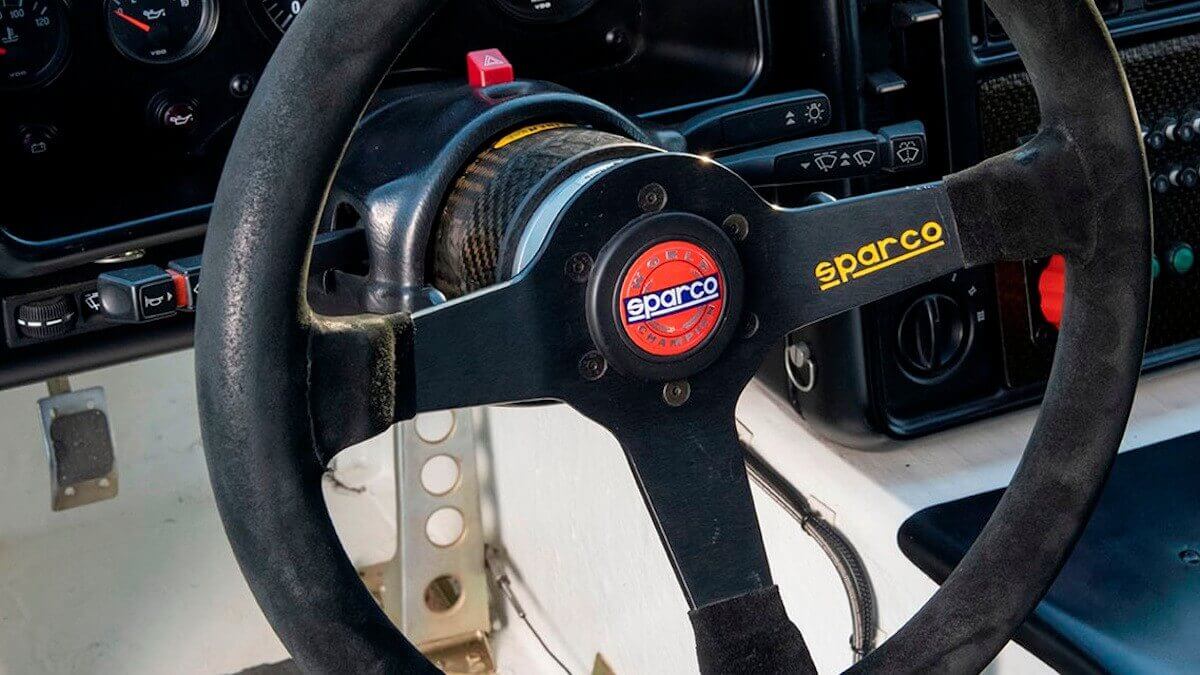



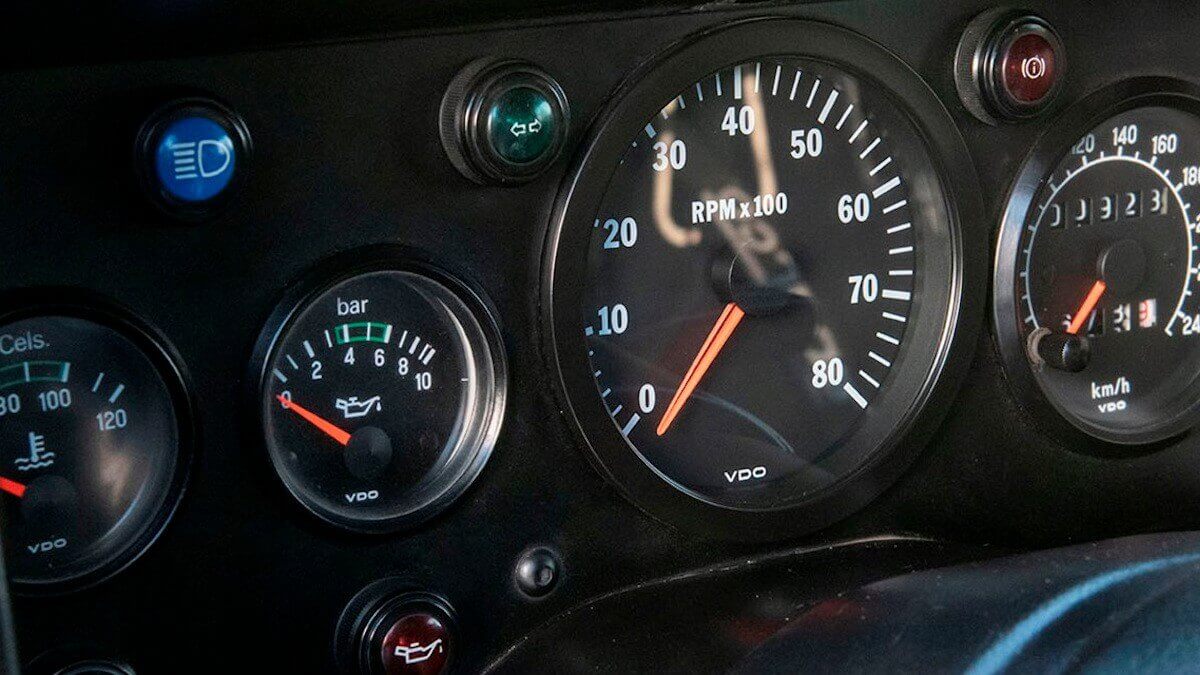



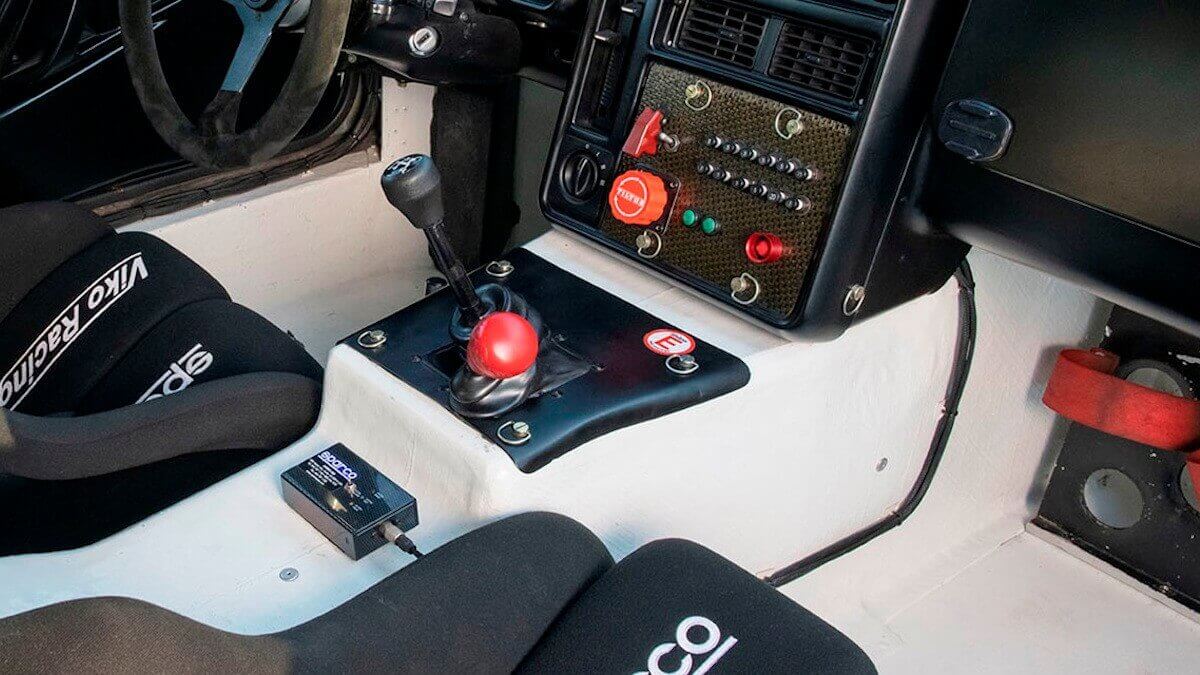



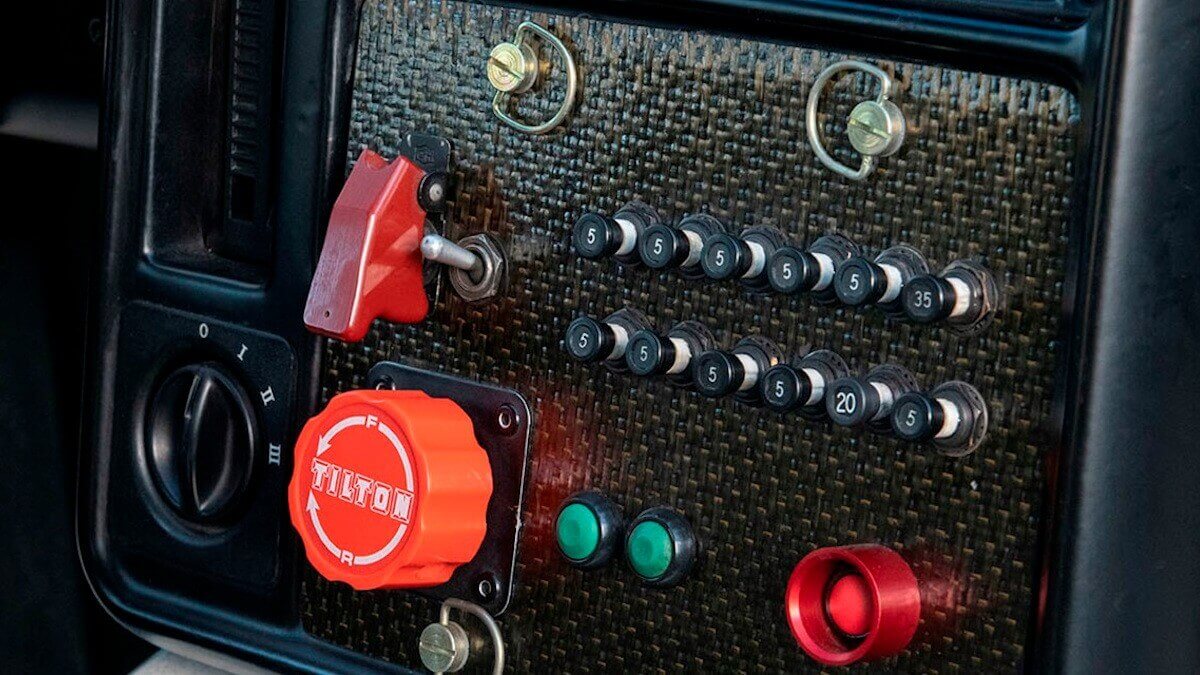



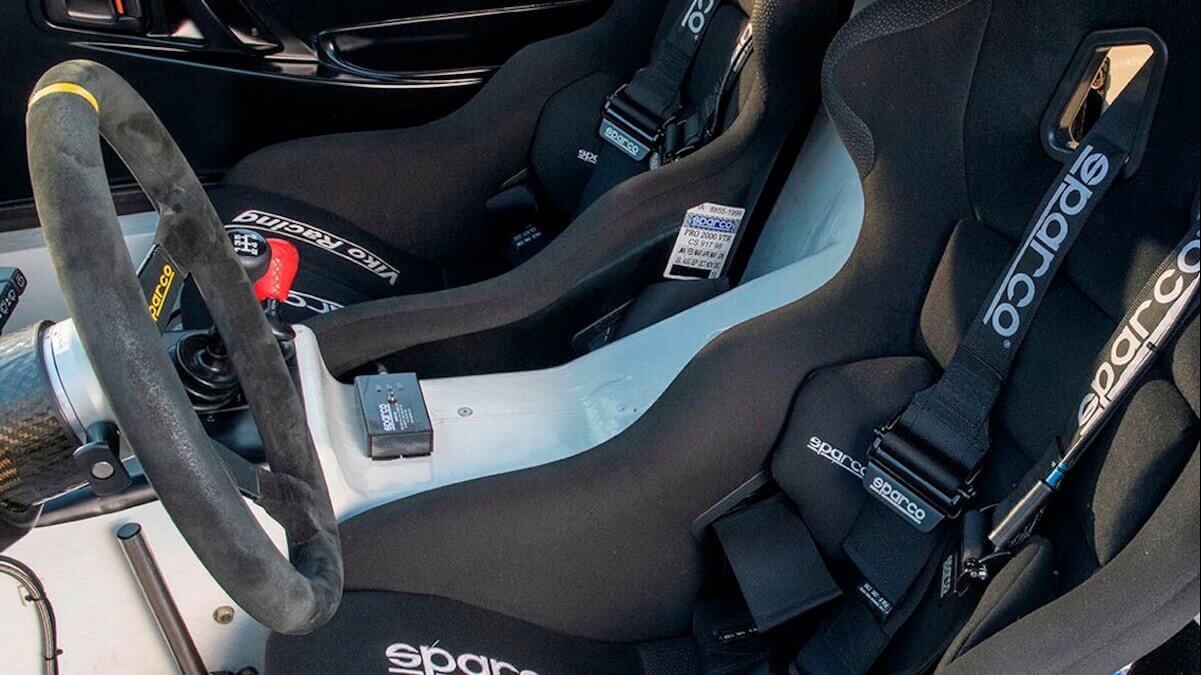



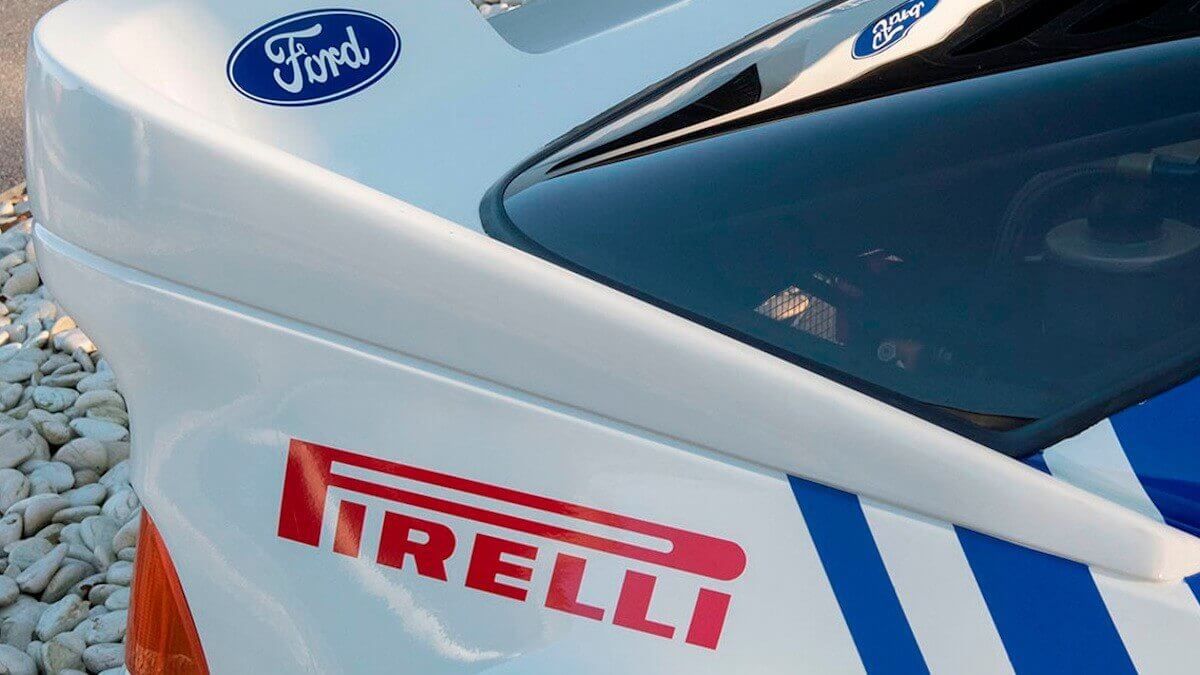



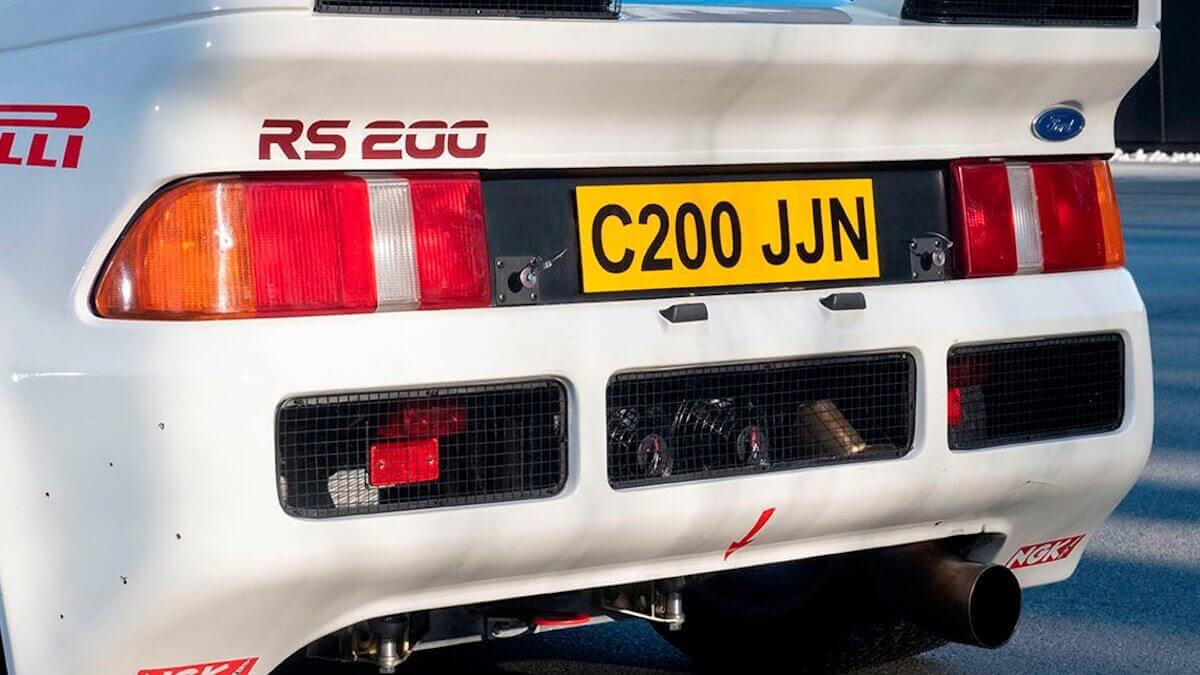







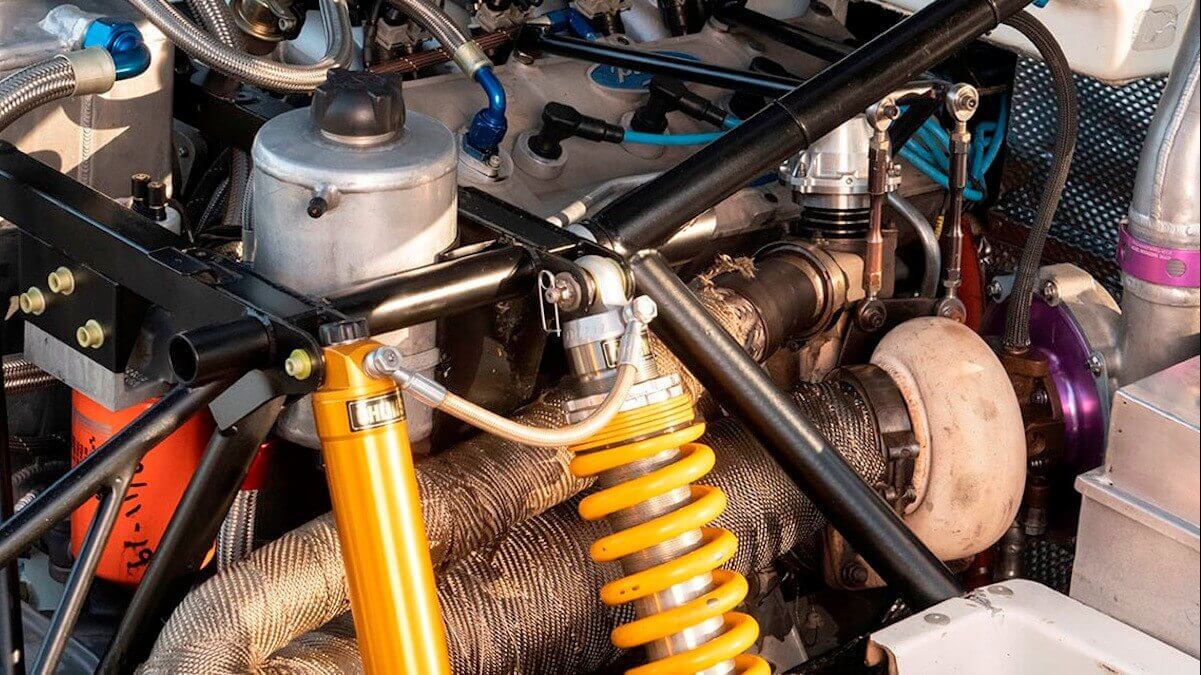







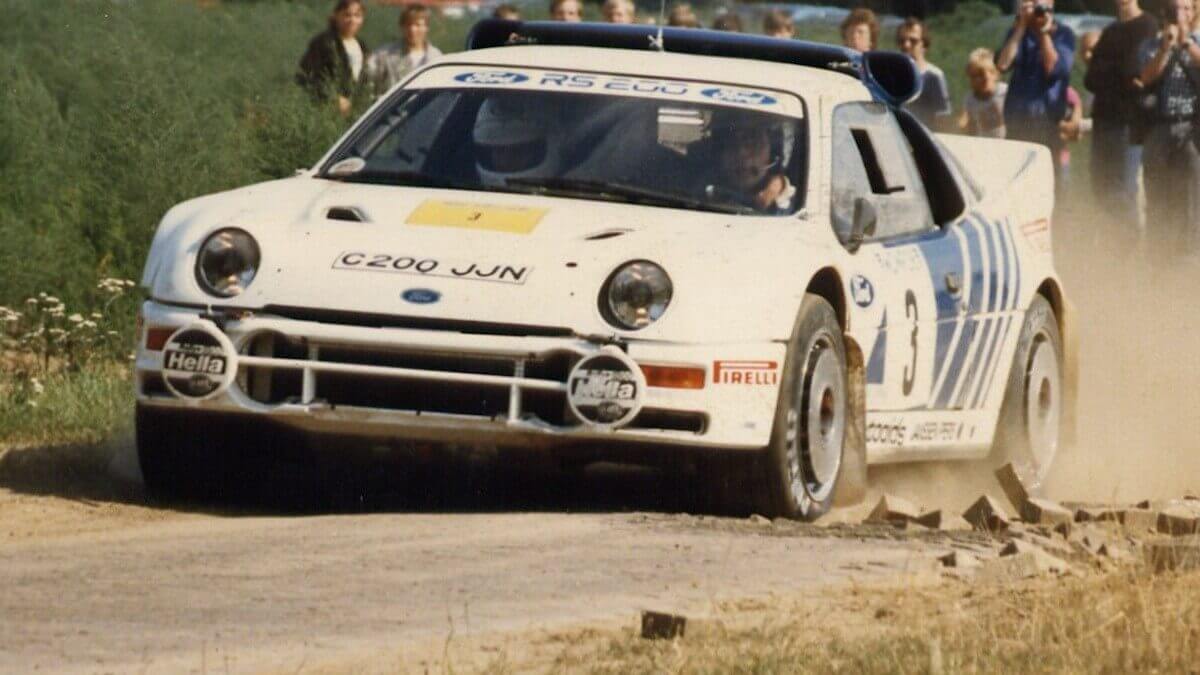



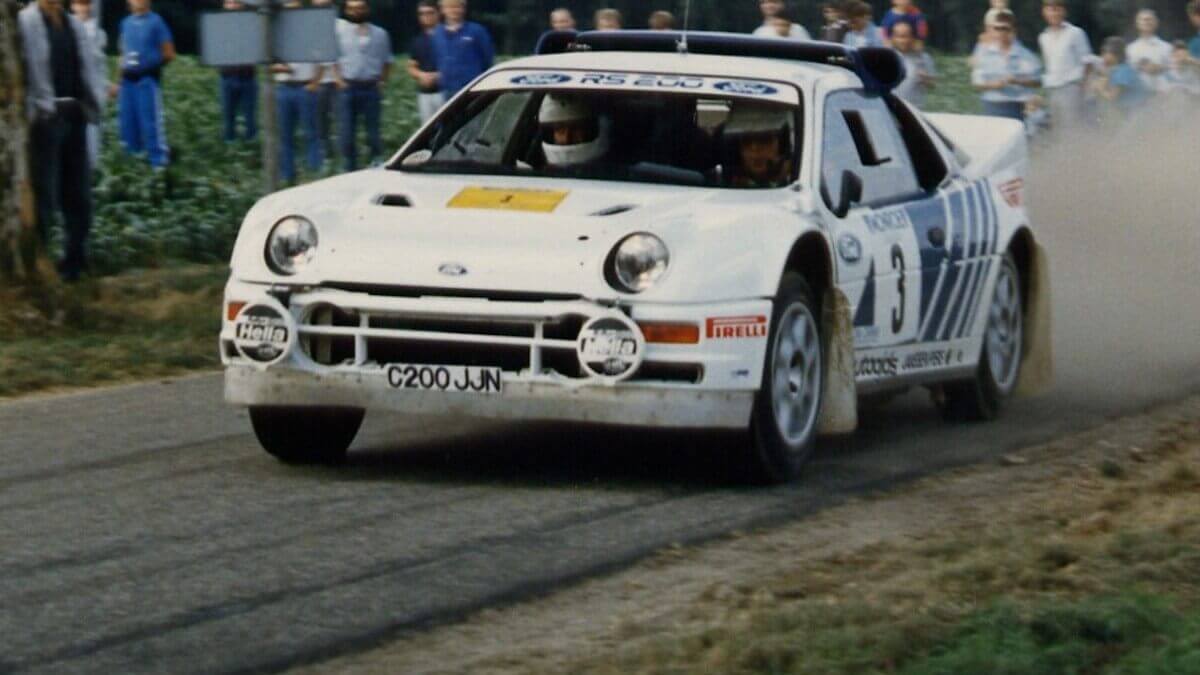



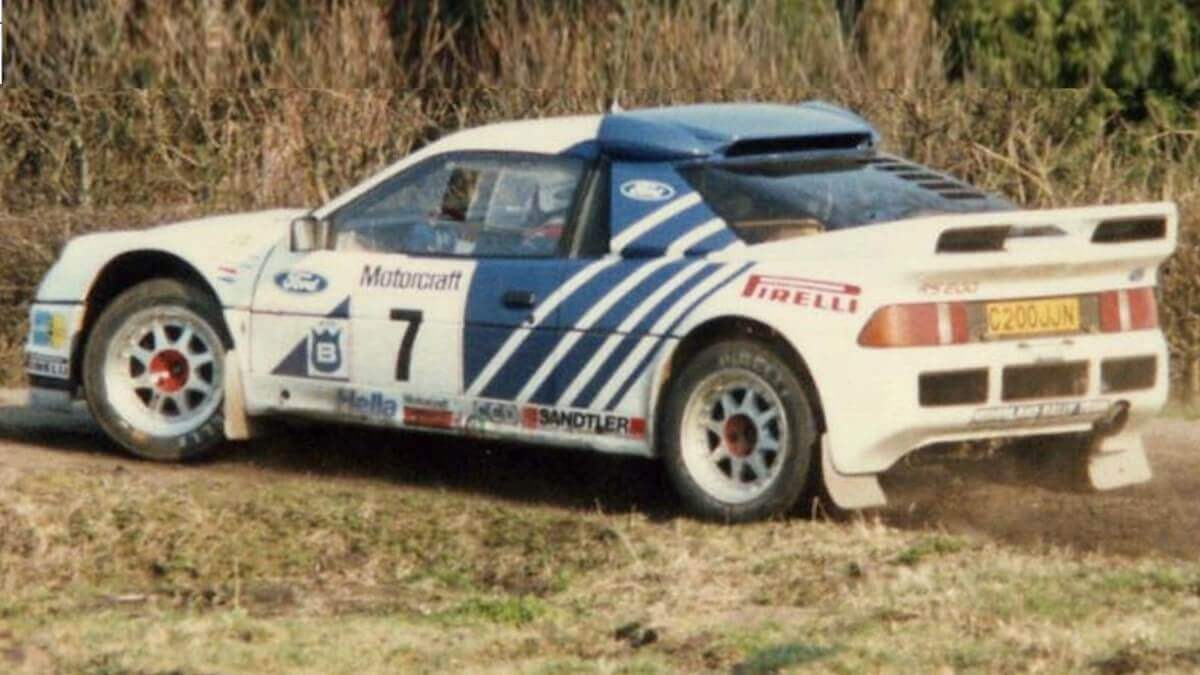



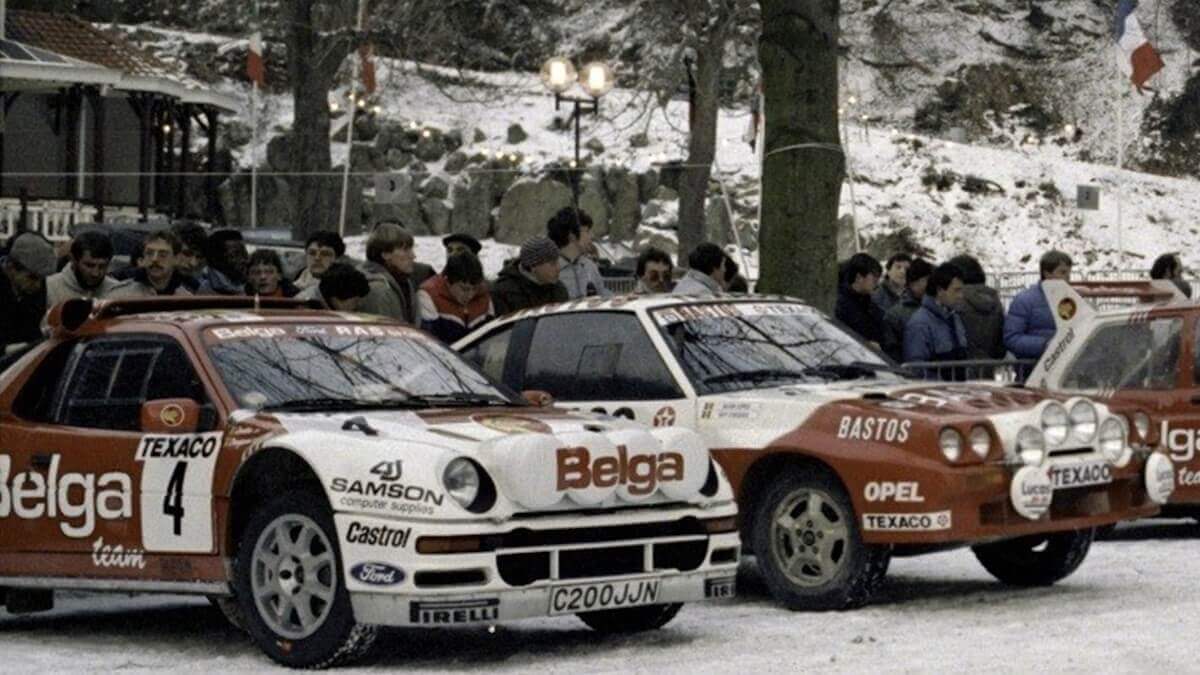



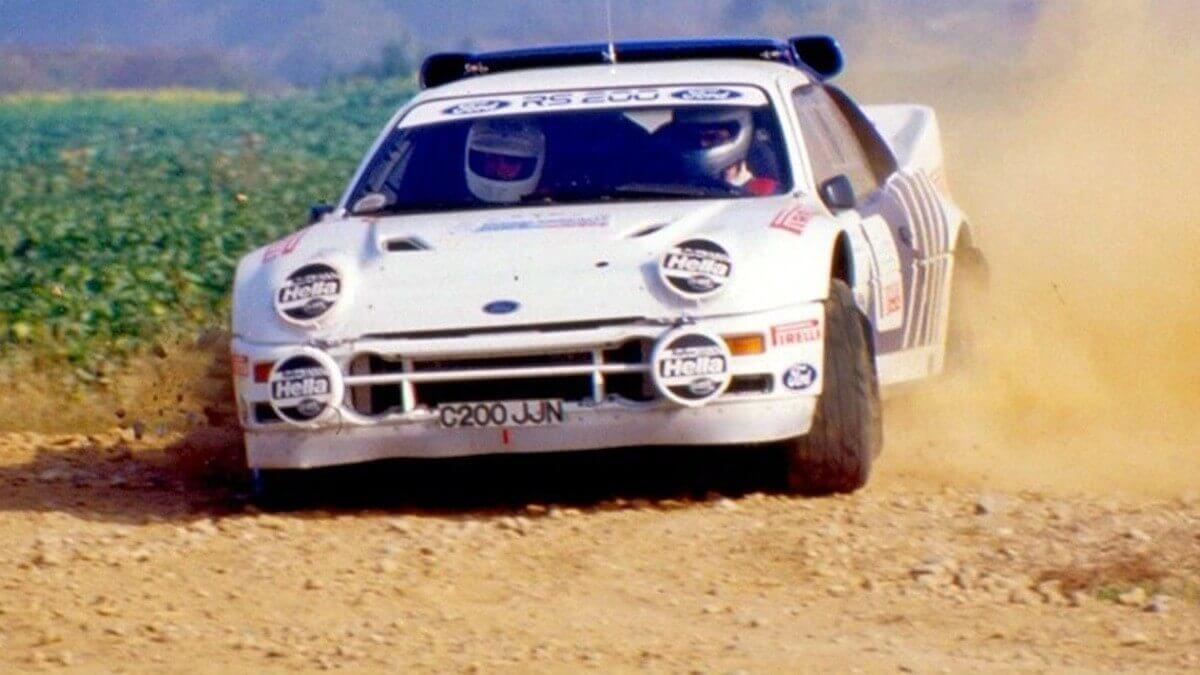



As one of the last Group B representatives, the Ford RS200 arrived at the rally stages in 1984. Ford had taken their time interpreting the regulations and in the meantime had also taken a wrong turn by holding on to the rear-wheel drive. 1983 started the development of the RS200 on a white sheet of paper. A tubular frame with integrated rollover protection served as accomodation for the two passengers and the four-cylinder turbo engine with 1.8 liters capacity mounted almost directly behind the seats (later with 2.1 liters in the Evo stage). The double-walled aluminium petrol tank found its place directly between seats and engine. Due to the Group B regulations, the RS200 received the windscreen, the doors and the roof section between A and B pillars from the Ford Sierra. The rest of the body was made of plastic with reinforcements of a mix of glass fibre, carbon fibre and aramid, designed by Ghia in Italy. The side windows and the huge rear window were made of PMMA.
In the road version, the engine produced 184 kW/250 hp thanks to a boost pressure reduced to 0.8 bar and also delivered 292 newtonmeters of torque to the four-wheel drive system via a manual five-speed gearbox. The driver and passenger were seated in narrow Sparco sports seats, which were upholstered in either black or red. Ford tried to create a homely atmosphere with a leather steering wheel from the Escort XR3i, dashboard and interior parts from the Fiesta as well as rudimentary door panels and floor mats. The rally versions didn’t do this at all. Here the driver held a Sparco steering wheel in his hands and, like his co-driver, was tied up by six-point belts in racing bucket seats from the same Italian manufacturer. After the debut season 1984 was mainly used for testing and erdadication of small issues, Ford for 1985 sold some copies of the RS200 also to national rally teams, while the factory team concentrated predominantly on large international events. However, good results didn’t come in until 1986, when Kalle Grundel drove an RS200 to third place in the Swedish Rally. Unfortunately there were two serious accidents with RS200 participation in Portugal and at the Hessen-Rallye in Germany, which contributed to the later prohibition of Group B. Afterwards many private drivers used the RS200 for rallycross and hillclimb events – partly until today.
The British classic car dealer Duncan Hamilton currently sells the Ford RS200 with chassis number 061, which can be seen in our picture gallery. Licensed with the registration number C200JJN this car went to the Belga Team of the Belgian Robert Droogmans in 1986. He used the RS200 with various drivers at events of the WRC, ERC as well as the Dutch, Belgian, Nordic and Asia Pacific Rally championships. Driver Stig Andervang was victorious in the Dutch and European championships. This makes this RS200 the most successful model of the series and the one that has been used in most rallies. Some time ago, a careful restoration was carried out in which great importance was attached to preserving as many original parts as possible, such as the seats. The vehicle now includes also a large spare parts package including a second BDT engine. Duncan Hamilton reveals the price of this RS200 only to true interested parties.
Images: Duncan Hamilton ROFGO




